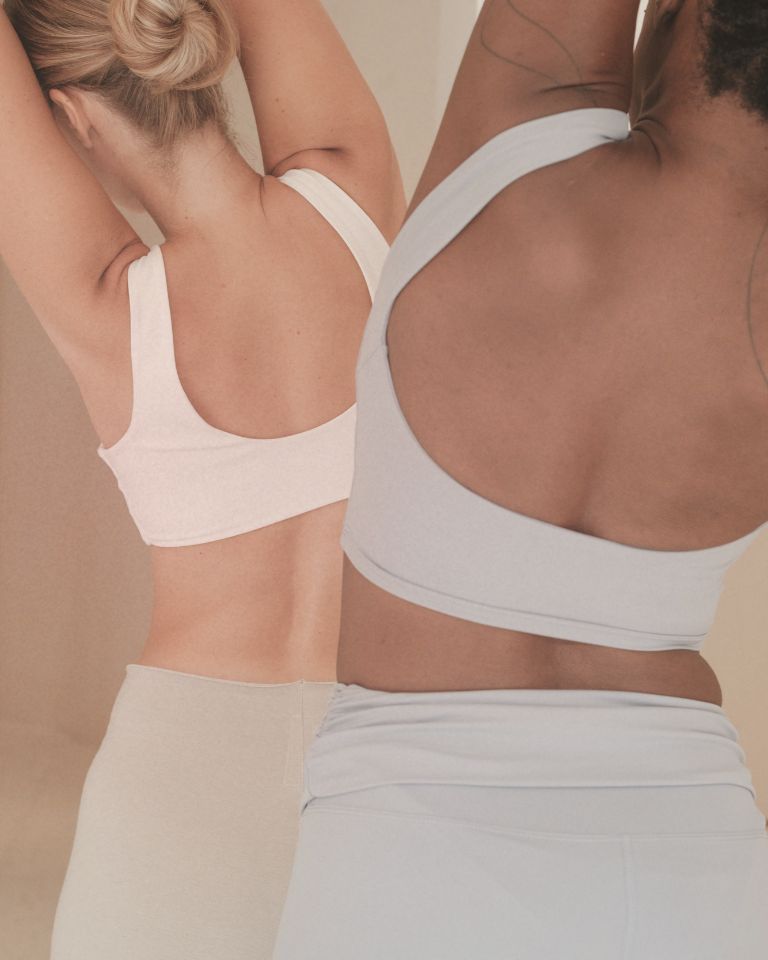Key Takeaways:
- Removing excess breast tissue decreases spinal compression by one‑third and relieves pain in 85 %+ of patients.
- Most people return to desk work within two weeks and resume exercise by week six.
- Long‑term studies show > 90 % satisfaction and sustained symptom relief many years post‑surgery.

If you live with chronic shoulder, neck or back pain caused by heavy breasts, breast reduction pain relief might sound too good to be true. This article explains why reduction mammaplasty alleviates physical discomfort, what the science says about outcomes, how long recovery really takes, and when to consult a board‑certified plastic surgeon in Tampa, FL.
Why Breast Reduction Relieves Chronic Pain
Excess breast tissue shifts your center of gravity forward, increasing spinal compression and creating deep bra‑strap grooves. Removing that weight:
- Reduces average low‑back compressive forces by 35 %.
- Improves posture and allows patients to stand, walk and exercise without constant strain.
- Eliminates chronic skin irritation (intertrigo) beneath the folds.
- Lets clothing and athletic wear fit comfortably—an immediate quality‑of‑life upgrade many Tampa patients mention during consultation.
Evidence & Statistics on Symptom Improvement
Multiple peer‑reviewed studies confirm long‑term comfort gains:- 88 % of 328 patients reported full or partial relief of pain, numbness or headaches after surgery, and 97 % said they would do the operation again.
- A seven‑year follow‑up found 91 % experienced lasting decreases in shoulder, neck and back pain, even when more than a kilogram of tissue was removed.
- A 2025 publication showed significant quality‑of‑life improvements across every BREAST‑Q domain two months after reduction.
Recovery Timeline: When Will I Feel Better?
| Typical experience | |
|---|---|
| Days 1–7 | Soreness, swelling; prescription pain control |
| Week 2 | Many patients return to desk work; light walking encouraged |
| Weeks 4–6 | Resume full activity; discomfort greatly reduced |
FAQs About Comfort, Scarring & Results
Does breast reduction always relieve pain? While no procedure is 100 % guaranteed, published data show pain relief in 85–90 % of cases. Maintaining a healthy BMI afterwards supports durable outcomes. Will I lose nipple sensation? Temporary numbness is common; permanent change is rare (<10 %). Nerve regeneration often continues for 6–12 months. How visible are scars? Incisions are placed around the areola and in the breast crease. They fade to fine lines within a year and can be further softened with laser therapy offered in‑house. Heavy breasts shouldn’t dictate how you sit, move or live. With high satisfaction and consistent data confirming pain reduction, breast reduction offers both functional relief and aesthetic harmony. Ready to learn what’s possible? Schedule a consultation with Dr. Effie Politis—your trusted plastic surgeon in Tampa, FL. Let’s make comfort your new normal.To schedule a consultation with Dr. Effie Politis, please contact our office:
Call us at: (813) 542 – 2587 Visit us: 4602 N Armenia Ave Suite 201, Tampa, FL 33603References:
- American Society of Plastic Surgeons. (2017). Reduction mammaplasty: Recommended insurance coverage criteria [PDF]. https://www.plasticsurgery.org
- Mayo Clinic. (2024). Breast reduction surgery: What you can expect. https://www.mayoclinic.org/tests-procedures/breast-reduction-surgery/about/
- Paquet, N., & Chertoff, J. (2023). Quality of life in patients pre‑ and post‑breast reduction surgery in South Africa. Aesthetic Plastic Surgery, 47(2), 456‑463. https://pubmed.ncbi.nlm.nih.gov/40331127/
- Penn, J. I., Klassen, A., & Lago, L. (1997). Reduction mammaplasty: An outcome study. Plastic and Reconstructive Surgery, 100(2), 498‑506. https://pubmed.ncbi.nlm.nih.gov/9290655/










